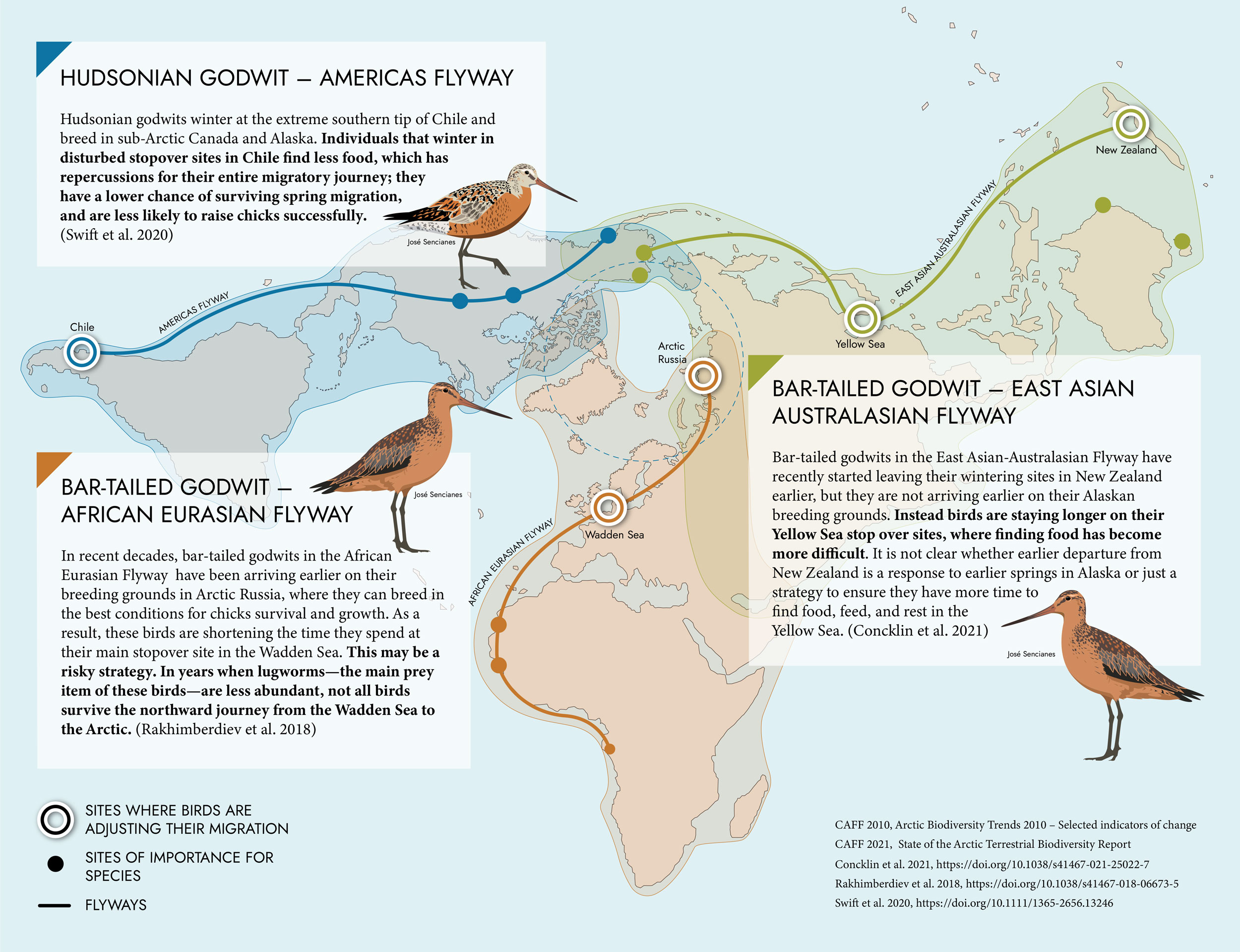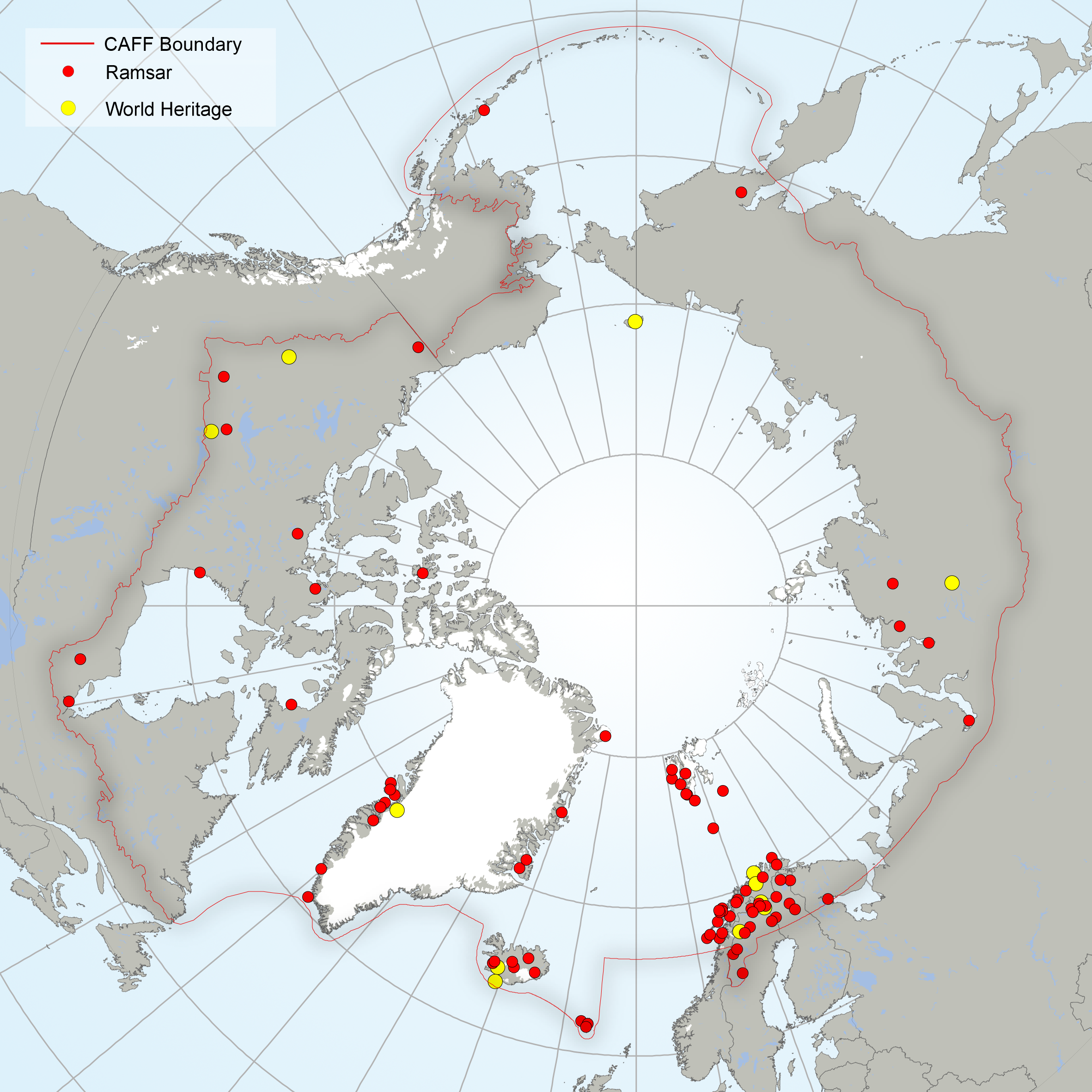boundaries
Type of resources
Available actions
Topics
Keywords
Contact for the resource
Provided by
Years
Formats
Representation types
Update frequencies
status
Scale
-

Shorebirds experience threats throughout their migratory journeys. Their Arctic breeding grounds are changing.
-
Appendix 9.8 The thirty moss families of the Canadian Arctic Archipelago with reference number (Ireland et al. 1987) in brackets. Number of species in each family, number of genus in family, and number of species in each genus are given. Species-rich genera and families are highlighted in grey.
-

Spider species-level data collected from pan traps across four habitat types in Cambrige Bay Nunavut. Two wet habitat types and two dry habitat types were examined. Samples continuously taken from July 3rd to August 11th 2014, but broken down into sampling periods which are, on average, 6 days long.
-

Within the CAFF boundary there are 92 protected areas recognised under global international conventions. These include 12 World Heritage sites3 (three of which have a marine component) and 80 Ramsar sites, which together cover 0.9% (289,931 km2) of the CAFF area (Fig. 4). Between 1985 and 2015, the total area covered by Ramsar sites4 almost doubled, while the total area designated as World Heritage sites increased by about 50% in the same time period (Fig. 5). ARCTIC PROTECTED AREAS - INDICATOR REPORT 2017
-
Appendix 17.3. Phylogeographic and population genetics studies of selected Arctic species.
-
Appendix 9.4 Stabilized introductions (*) and casual introductions (**) among the vascular plants in the Arctic derived from Elven (2007) with indication of PAF code number. Arctic floristic provinces and subzones according to Elven (2007).
-
Appenidx 17.1. Selected phylogenetic studies of (or including) Arctic taxa.
-
Appendix 17.2. Cryptic speciation in selected Arctic terrestrial and marine species.
-
Appendix 10.1. Updated Panarctic Lichen Checklist as used for the calculations (version March 2013) with data on preferred substrate, growth form (crustose, squamulose, foliose, fruticose), rarity of species within and outside the Arctic, occurrence in the low and high Arctic and occurerence in the floristic provinces.
-

Marine fishes in the Arctic Ocean and adjacent seas (AOAS).
 CAFF - Arctic Biodiversity Data Service (ABDS)
CAFF - Arctic Biodiversity Data Service (ABDS)